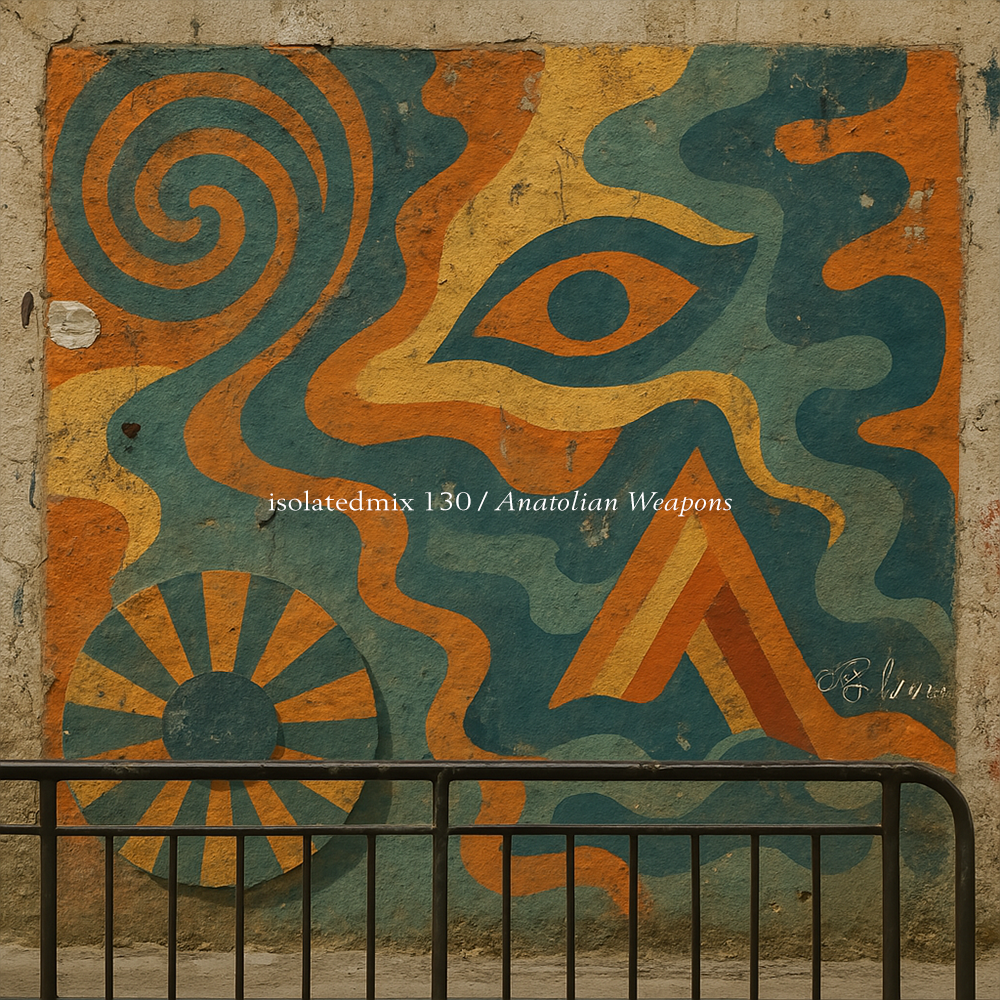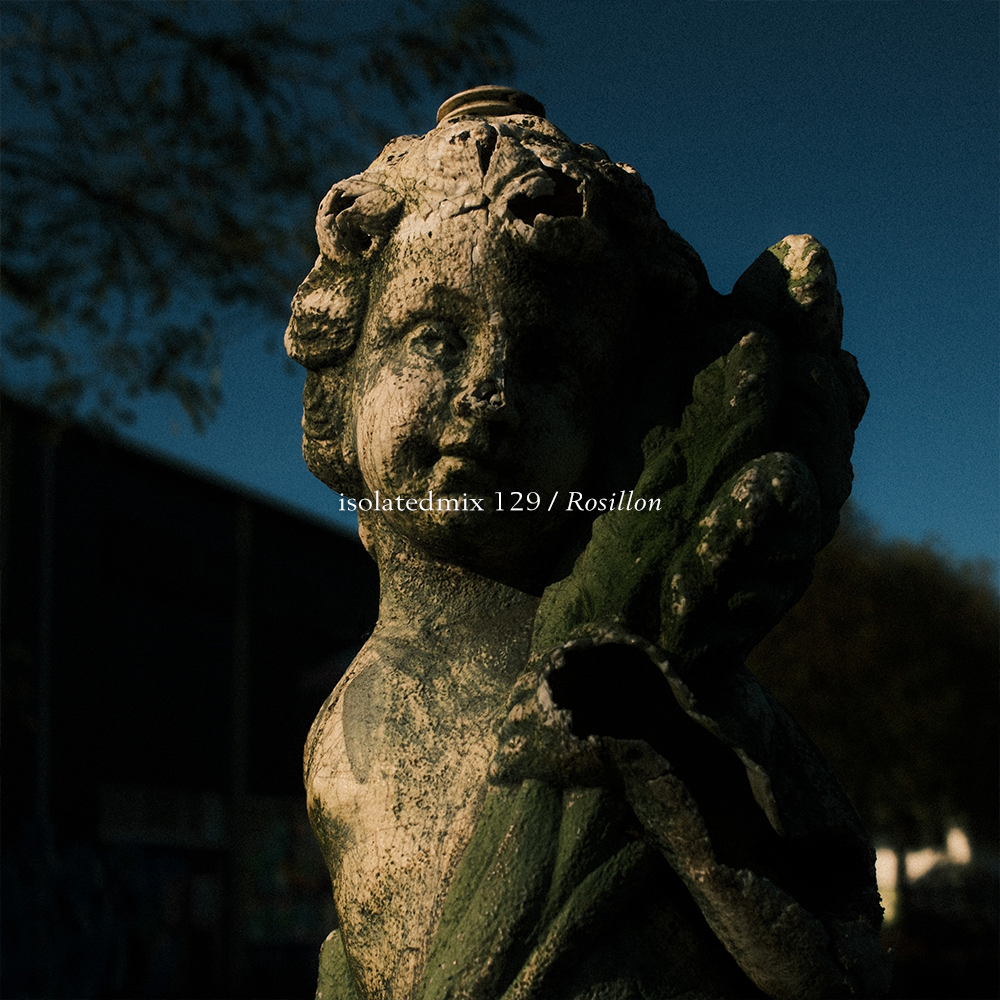Released earlier this month, Gregory Pappas dropped his second album for the n5MD label titled, Love Telepathic and follows it up with this exclusive mix for ASIP.
Following in the footsteps of his previous release, Impermanence, Love Telepathic is a dream-like trip through punching beats, ethereal vocals and layers of warmth, sitting somewhere between ASC, Kiyoko and bvdub. Taking the extended track approach (10+ minutes each), OKADA builds each piece with meticulous patience - the kind that makes time disappear and the world melt around you.
Angelic vocals set against conspicuous organic beats, tick over like the lull of a metronome,
inviting you closer to its misty depths. A soundtrack for sinking to the bottom of a glistening ocean, or floating to the blue skies above.
Gregory's influences are clear amongst his mix, presenting us with a range of styles from the beautiful vocals of Julianna Barwick, to the awe-struck complexities of Ametsub, and the euphoric ambience of Bersarin Quartett.
"Music of artists that intoxicate and evoke a pure emotional response from me and influence my OKADA compositions. Most of these artists I've been listening to a long time. In fact, one of the artists on this mix, World's End Girlfriend, is the reason why my music is in long-form, which I first started to do on the album Anathema under the name ZXYZXY" - OKADA.
1. Julianna Barwick - One Half
An artist with strong vocal composition skills. Someone I'd like to borrow for my own compositions, to be honest.
2. 2 8 1 4 - 真実の恋
Two-artist effort that have pierced the veil of vaporwave; hurling it far into the daydream atmosphere.
3. Ametsub - Faint Dazzlings
Japanese electronic music at its finest. Yes, there is a sound unique all to Japan and its electronic music scene. I'd say this is a great example.
4. Bersarin Quartett - Bedingungslos
No one does it like BM. The guy is eons away from everyone when it comes to pure beauty in music. Any of his songs could fit here.
5. Ex Confusion - Speak Softly in My Dreams
One of my favorite n5MD artists. Any of his songs could fit here as well.
6. Ólafur Arnalds, Nils Frahm - a1
Need no introduction here. Just a fantastic collaboration.
7. OKADA - Reconciliation
While I probably should have picked something off my new record, it just wasn't the type of mix I wanted to make. One of my personal favorites, and I plan to bring this style of composition back in the future.
8. MONO & World's End Girlfriend - Part 5
Two of my top 5 artists in collaboration right here, and they create a piece that is equal parts from both groups. The whole album is fantastic.
9. A Winged Victory for the Sullen - Requiem for the Static King Part 1
A short, yet elegant piece from these two fantastic composers.
10. Alva Noto + Ryuichi Sakamoto - Moon
I adore all of RS's work, but his work with AN is always incredible. Perfect music to make me want to curl up in my bed on a rainy day.
11. envy - Fading Vision
A band I so badly wanted to sneak in this mix. Not easy since they are a screamo/post-hardcore band, but they're definitely in my top 5 as well and I had to have them here. This song is a great example of their breadth as musicians. Top tier group that exemplifies how to evoke an emotional response. I highly recommend them out.
Additional recommendation:
Eric Whitacre - Lux Nova
I couldn't fit this track on this mix, because of time and how it stuck out of place, but he definitely needs to be mentioned. His choral works prove that choral music is not dead. He is amazing.
~


























